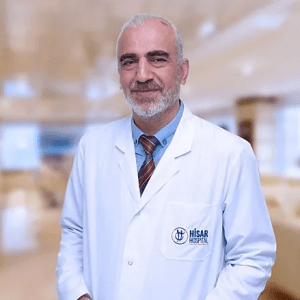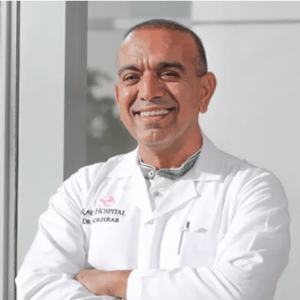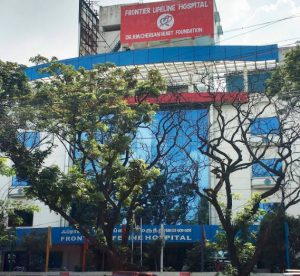Endovascular stent grafting, or endovascular aneurysm repair (EVAR), is a surgical procedure done inside of your aorta using a thin tube called a delivery catheter. Unlike open surgery, which involves a long cut in your abdomen, endovascular surgery requires only two small incisions in the area of your groin.
In many cases, the surgery takes 2 to 4 hours to complete, which is much shorter than open surgery aneurysm repair.
The following information describes what you can expect at each stage of the endovascular stent graft procedure.
Pre Procedure:
Prior to the procedure, a number of diagnostic tests will be performed. These diagnostic tests allow the doctor to visualize the abdominal aneurysm and the surrounding area, and help the surgeon decide what type of stent graft is most appropriate for you. During this time, your doctor will discuss the surgery with you, and answer any questions you may have.
Procedure:
To prepare you for the procedure, the area of your groin where the delivery catheter and stent are introduced will be cleaned and shaved. Then you will receive either local anesthesia, to numb the area of the surgery, or general anesthesia to put you to sleep during the surgery.
After the anesthesia has taken effect, your surgeon will make a small incision in both of your thighs. Using x-rays to see the exact location of the aneurysm, the surgeon will guide the delivery catheter through the large vessel in your thigh (iliac vessel) to the aneurysm site in your abdomen.
The stent graft is slowly released from the delivery catheter into the aorta. As the stent graft is released, it expands to the proper size so that it fits into the aorta both above and below the aneurysm.
The delivery catheter is then withdrawn and removed, leaving the stent graft within the aorta. Depending on the shape and size of your aortic aneurysm, additional stent grafts may be placed to ensure that the aneurysm is completely excluded from normal blood flow.
X-rays and ultrasound imaging help the doctor make sure that the stent graft is properly placed and excluding blood flow to your abdominal aortic aneurysm.
Post Procedure:
After surgery, you will be monitored carefully by experts on your surgical team. Your doctor may require you to lie flat for 4 to 6 hours to allow the leg wounds to begin healing. There may be some discomfort.
You may experience side effects such as swelling of the upper thigh, numbness of the legs, nausea, vomiting, leg pain or throbbing, malaise, lack of appetite, fever, and/or absence of bowel movement for one to three days. You can typically expect to stay in the hospital for 2 to 4 days.
Symptoms
Most people with an abdominal aortic aneurysm do not have any symptoms. Often, the aneurysms grow slowly and go unnoticed. Many never reach the point of bursting; others enlarge quickly. In general these are the following symptoms:
• Persistent and intense backpain
• Shortness of breath
• Hoarseness, cough
Causes
It is not known what exactly causes an abdominal aneurysm in some people. Factors that are known to contribute to an aneurysm’s developments are the following:
• Atherosclerosis – hardening of the arteries.
• Inherited – Genetic conditions like congenital conditions – born with bicuspid aortic valve.
• Untreated infections such as Syphilis or Salmonella
• Due to traumatic conditions like accidents
FAQ
not available currently



























































































































